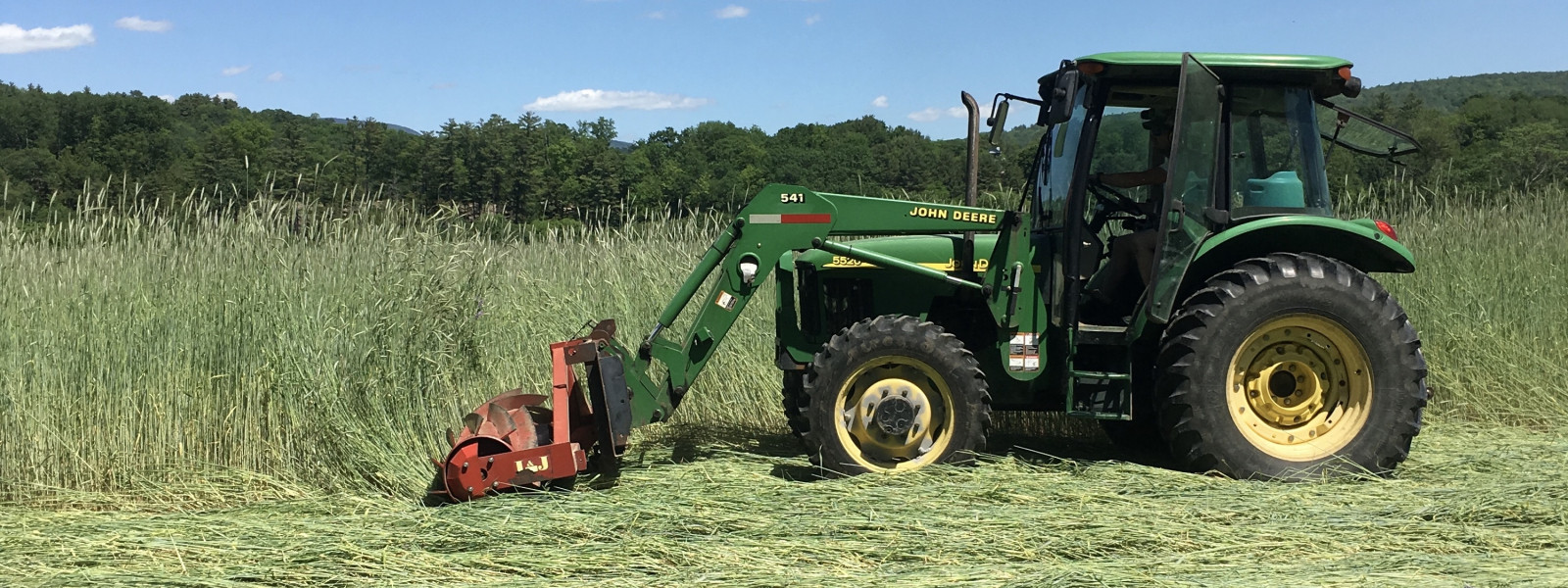
Tips
You searched for kale and found 11 tips.
- Cabbage: All About It – Throughout the season, the farm is inundated with cabbage! It is delicious and nutritious and abundant so get acquainted with it here. Read more →
- Chiffonade – Chiffonade is a way to chop greens so they look elegant and are easy to incorporate in to salads, soups, and more. Read more →
- Early Planting – Here are some tips on getting on start on early plantings. Learn about crops that are less risky to plant early, and also some tricks that can help you protect your plants on those often cold spring nights. Read more →
- Frost Protection – Traditionally there is still a good possibility of frost in the Connecticut River valley through May 20, and up in the hills through Memorial Day weekend or even the first week of June. With care, you can still get a head start on the garden. Read more →
- Greens: Storage Tips – Storing food in small amounts is easy, but in larger quantities it can be tricky in our increasingly energy efficient homes. Most greens store best in a plastic bag in the refrigerator. Here are some more tips for keeping your greens fresh. Read more →
- Growing Late Season Greens – In the heat of summer many greens are bolting (setting seed) and becoming bitter, but with a little planning you can still plant more greens throughout the summer! Read more →
- Kale: All About It – Kale, sometimes referred to as “leaf cabbage”, is a cultivar of cabbage (Brassica oleracea). The leaves can be curly, bumpy, or frilly, and range in color from light green, to dark green, to purple and red. Read more →
- Pest: Cabbage Worm – Cabbage worms are very common on cabbage plants and their relatives. Often times you spot their damage before their camouflaged bodies. Read more →
- Pest: Flea Beetles – Flea Beetles are tiny little shiny, black beetle that hop away when you approach plants. Read more →
- Planting Garlic – As the winters get shorter, we plant our garlic later. It used to be late September as the nights begin to cool and the light fades, but these days the best time to plant your garlic in the northern New England climate is more like mid October to early November. Encouraging strong root growth before the freeze helps to sustain healthy and vigorous spring growth. Seeing the first garlic shoots in the spring is one of our earliest spring green pleasures on the farm. Read more →
